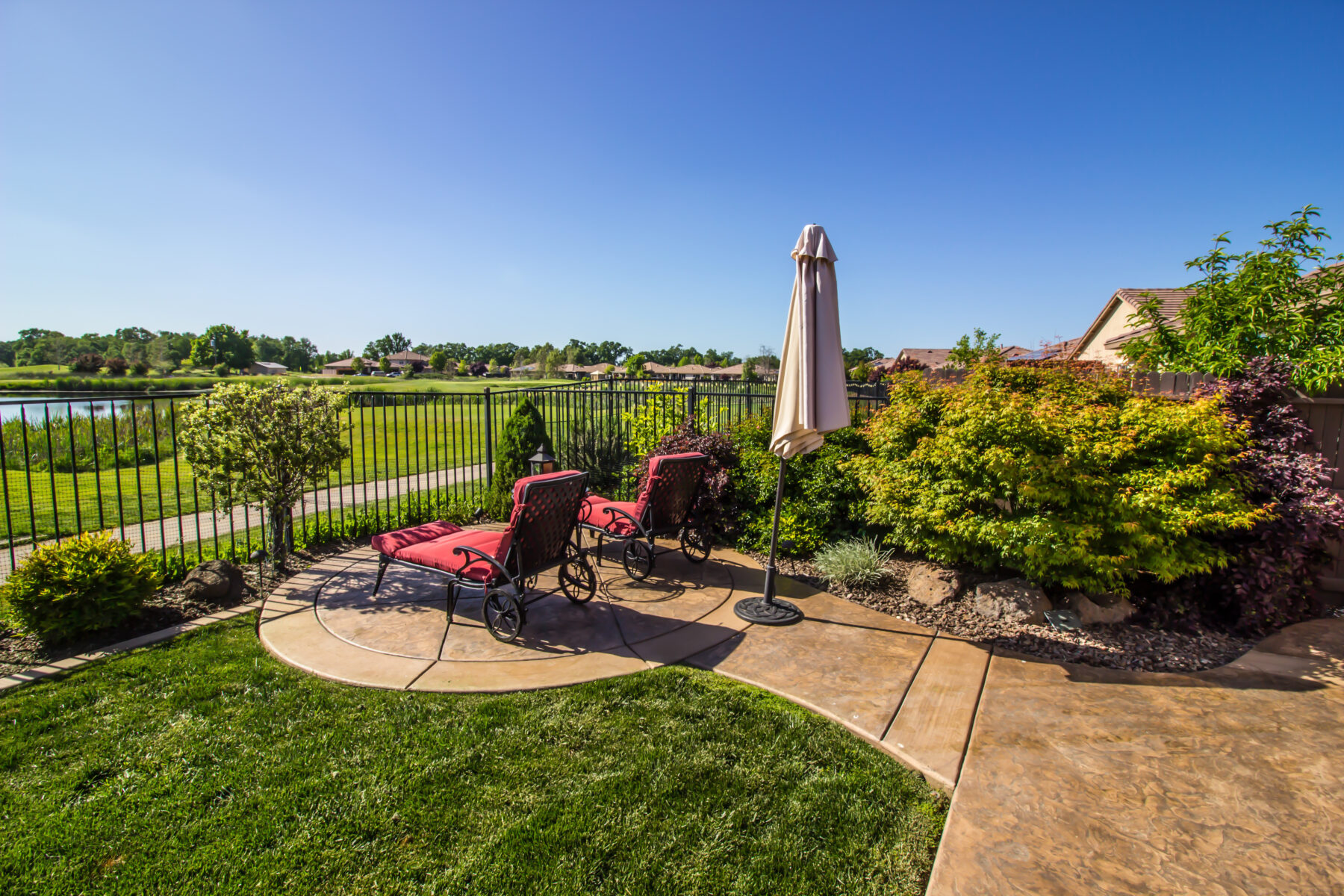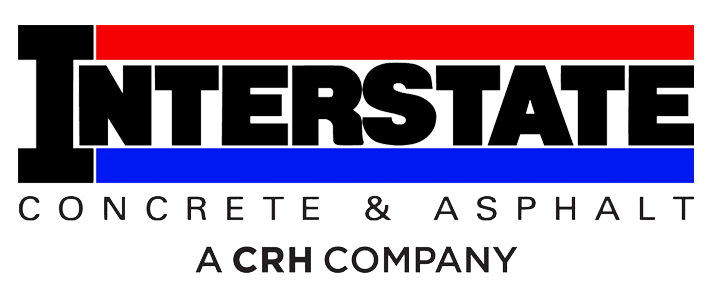5 Finishing Methods to Create Professional Looking Concrete Surfaces
March 5, 2024

Finishing a concrete project is not as simple as laying down the concrete for driveways, patios, or countertops. This process takes a plain surface and transforms it with finishing touches that enhance its overall appeal, durability, and longevity. Think of it as an artist transforming a blank canvas with some final brush strokes, breathing life and vibrancy into it.
What makes finishing so essential? It’s simple. Finishing turns a simple concrete surface into an art form that also serves a practical purpose. It seals and protects the concrete beneath from environmental stress and everyday wear and tear. In other words, it’s a process that both beautifies and safeguards the concrete.
- Troweling
When it comes to finishing concrete surfaces, troweling serves a critical role. The technique involves smoothing and hardening the concrete through the use of a trowel – a flat, smooth tool used to manipulate the surface. The goal, here, is to produce a uniform, polished finish that not only looks professional but also stands up to wear and tear.
In discussing troweling, there are two primary options: the manual trowel and the power trowel. The choice between these depends on personal preference and the size of the task. The manual trowels offer precision and control, making them suitable for smaller projects. On the other hand, power trowels provide a fast, sleek, and shiny finish, ideal for larger surface areas.
Curious about where troweling could be the perfect finishing technique? Well, it’s a prime choice for indoor floors, garages, and warehouses. These spaces usually require a sleek, smooth finish resilient enough to withstand regular foot and wheeled-traffic. The good news is, troweling brings just that to the table—a sturdy, durable surface that not only stands strong but also looks incredibly professional.
- Stamped Concrete
The process isn’t as tricky as it might initially seem. Fundamentally, it kicks off with the basic familiar concrete, but then things get a little more artistic. An added touch of color is the first step in this transformation. This isn’t just any color, but a specially formulated one designed to infiltrate the concrete and give the desired natural look.
Now is where the term ‘stamping’ comes into play. Distinct patterns are literally stamped onto the wet concrete before it dries, imprinting the designs deep into the material. These patterns are what give the illusions of stone or brick, and they can be as subtle or as show-stopping as desired.
- Broom Finish
This is a unique process that’s known for creating non-slip surfaces and offering an extra layer of safety for concrete paths and other areas. Broom finishing, as one might guess, involves a broom, but not just any home cleaning broom. For this job, a special concrete broom is required. These brooms are designed with firm bristles, perfect for creating equal, shallow grooves on the surface of the concrete.
The key to this technique is impeccable timing. Right after the concrete has been poured, spread, and smooth over with a float, broom finishing should be applied before the concrete fully solidifies. Performing gentle, balanced sweeps will cut shallow lines into the still-soft concrete. This introduces that important textured element to the surface. Remember not to brush too deeply, though, because this could potentially weaken the surface over time. This method is fantastic for outdoor concrete surfaces where people need a sturdy footing. Areas such as pool decks or outdoor walkways which often get wet are prime candidates for a broom finish.
- Polished Concrete
Shifting our attention to polished concrete, this finishing method comes into play when a shiny, easy-care concrete surface is desired. Enhanced in aesthetics and easy in maintenance, it’s worth considering.
Wondering about the glossy secret? Achieving a polished concrete finish involves several steps. It begins with the use of heavy-duty grinding machinery to roughen the concrete surface. This is followed by honing with a finer grit to smooth any inconsistencies. Finally, high-speed polishing machines come into play. At this stage, densifiers are used. These are sealers that infiltrate the concrete, solidify and enhance the surface’s resistance to wear, along with providing the glossy finish.
Polished concrete surfaces fit into various scenarios. They’re ideal for commercial spaces, offering a professional look that’s easy to clean. For retail outlets, polished concrete withstands heavy foot traffic and adds a touch of elegance. In residential situations, its bright, clean finish can update spaces into stylish, contemporary settings.
- Exposed Aggregate Finish
An exposed aggregate finish uncovers the attractive and natural textures of stone, pebbles or even fragments of sparkling colored glass that are typically hidden in a slab. This method adds uniqueness and color to your project without having to spend an exorbitant amount of money. Understanding how it works can really highlight its benefits.
The technique to achieve this striking finish consists of brushing and washing away the thin top layer of concrete, hence exposing the aggregate below. The act of unveiling the aggregate beneath presents a multifaceted, rugged texture which is simultaneously beautiful and robust.
An aggregate finish really shines in decorative driveways, where it demands attention with its ability to add character. For example, imagine pulling into a driveway complete with a dazzling array of vibrant pebbles. But it’s not limited to driveways alone—walkways and patios can also be transformed by this technique. With its rough texture, it also ensures increased slip-resistance making it a functional and aesthetic choice.
With the right finishing method, an everyday driveway, patio, or walkway becomes an eye-catching centerpiece. Picture this: The sleek and neat appearances achieved by troweling, or the intricate designs created by stamped concrete. Think about the practical slip-resistance that a broom finish offers, or the lustrous shine thrown off by a polished concrete surface. Then, there’s the rich, textured look of an exposed aggregate finish. Each method has its unique charm and functionality. In thinking about an upcoming concrete project, consider incorporating one of these techniques. In doing so, it’s guaranteed to be visually delightful and practical surface for any outdoor space.

